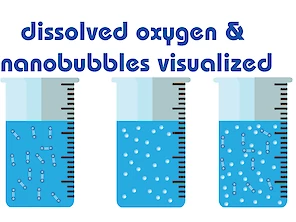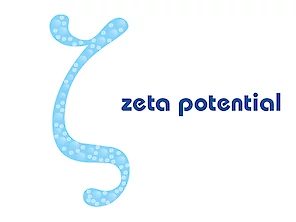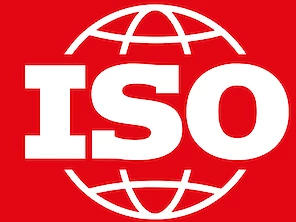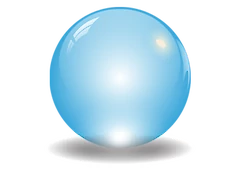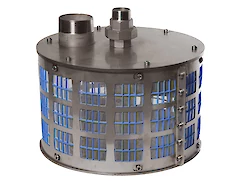Links
10 Links to other pages: monitoring
Advanced Ozone Water Sensor EL-610 series based on UV absorption technology
System-in-type ozone monitor EL-550 series based on UV absorption technology
Ensure optimum performance of your ultrafine bubble generator with the ALT-9F17—an advanced nanobubble sensor that provides accurate, real-time monitoring using the scattered laser method. Discover how this compact and user-friendly solution helps you control water quality, reduce costs, and enhance operational efficiency. Explore its key specifications, features, and application benefits to unlock superior water management.
Small pump can be used in combination with the ALT 9F17 for constantly sampling water into the nano-bubble monitoring system.
Discover Acniti’s advanced hydrogen peroxide water monitor, expertly designed for precise H₂O₂ concentration measurement in water. Using cutting-edge UV absorption technology, it ensures highly reliable, stable, and continuous results for water treatment, food processing, pharmaceuticals, and industrial control. Whether for low or high concentrations, this monitor keeps your processes safe, efficient, and compliant. Read more to explore its features and benefits.
The Ozone Waste Water Sensor is a compact and reliable solution for measuring dissolved ozone in water. This sensor is designed for situations where accuracy, speed, and stability are essential – from industrial processes to water treatment and laboratory applications. Where ozone is used for disinfection or process monitoring, reliable measurement is essential. The ELP-200 helps to guarantee that the measurement is continuous. Thanks to innovative technology and a robust design, this system delivers stable results, even in challenging environments. The operation is simple, and the measurement results can be read immediately. This makes our Ozone Waste Water Sensor very practical to use. The system seamlessly integrates with existing processes, contributing to efficient and safe business operations. Whether you work in the pharmaceutical, food industry, water purification, or research, with the Ozone Waste Water Sensor from Acniti, you get a proven and user-friendly measurement solution that does what it is supposed to do: provide reliable insight into the quality of the water.
The ECD-100 Colored Wastewater Detector provides real-time monitoring of discoloration in industrial and municipal wastewater treatment systems. Using advanced RGB LED light transmission technology, the sensor detects even the slightest changes in water color. Measurements are taken every 5 seconds and transmitted via dual 4–20 mA outputs, making integration into existing systems straightforward. Thanks to its compact, submersible design and automatic air-cleaning system, the ECD‑100 Colored Wastewater Detector is both low-maintenance and highly reliable. It's ideal for early detection of contamination, process control, or compliance with environmental discharge regulations. With no need for chemical calibration, a fast setup, and affordable operation, the ECD-100 is an innovative and cost-effective alternative to turbidity or colorimeters in a wide range of applications, including food and beverage, chemical plants, and wastewater treatment facilities.
